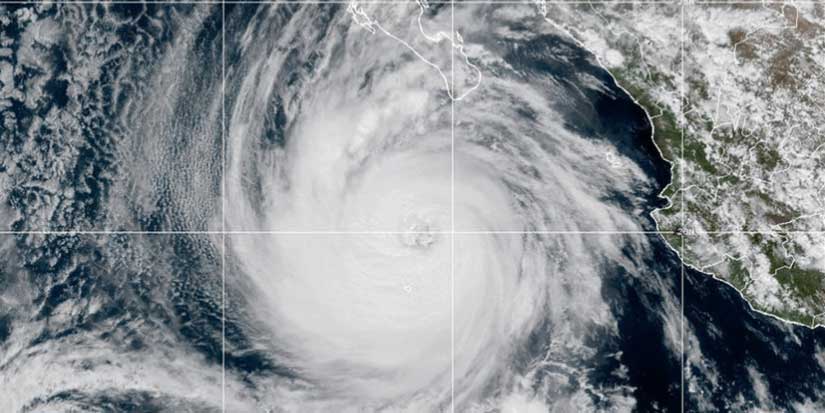International
Weakened Priscilla nears Mexico's Baja peninsula as Tropical Storm Jerry churns in the Atlantic
Published 2:29 PDT, Wed October 8, 2025
—
MIAMI (AP) — Priscilla lost its hurricane status Wednesday as it churned up Mexico's western Pacific coast while Tropical Storm Jerry was expected to strengthen in the Atlantic on its approach to the Leeward Islands, forecasters said.
Priscilla approached major hurricane status Tuesday before weakening to a tropical storm a day later with maximum sustained winds of about 70 mph (110 kph), the U.S. National Hurricane Center in Miami said.
The storm was bringing high surf and gusty winds to Baja California Sur, which was under a tropical storm watch from Cabo San Lucas to Cabo San Lazaro. Heavy rainfall and flash flooding were possible as the storm moves along Mexico’s Pacific coast and through the weekend in the Southwestern United States, forecasters said.
The storm was moving northwest at 8 mph (13 kph). It was centered about 205 miles (335 kilometers) west-southwest of the southern tip of Baja California, forecasters said. The hurricane center said the flood risk was increasing from all the rain Priscilla was dropping as it headed further north.
In the Atlantic, Tropical Storm Jerry had top winds of 60 mph (95 kph). It was centered about 605 miles (970 kilometers) east-southeast of the northern Leeward Islands while moving west-northwest at 23 mph (37 kph).
Forecasters said Jerry was expected to strengthen gradually and could become a hurricane by the weekend. The core of the storm is expected to be near or to the north of the northern Leeward Islands late this week or weekend.
On Thursday into early Friday, 2 to 4 inches (5 to 10 centimeters) of rain could fall across the Leeward Islands — bringing the risk of flash flooding. A tropical storm watch was in effect for Antigua, Barbuda and Anguilla; St. Kitts, Nevis and Montserrat; St. Barts and St. Martin; Saba and St. Eustatius; and Guadeloupe and the adjacent islands.
In the Pacific, meanwhile, Tropical Storm Octave was weakening about 595 miles (960 kilometers) southwest of the southern tip of Baja California. Its maximum sustained winds were 45 mph (75 kph) and it was moving east-northeast at 12 mph (19 kph). Octave, which wasn’t threatening land, was likely to dissipate Thursday, forecasters said.































